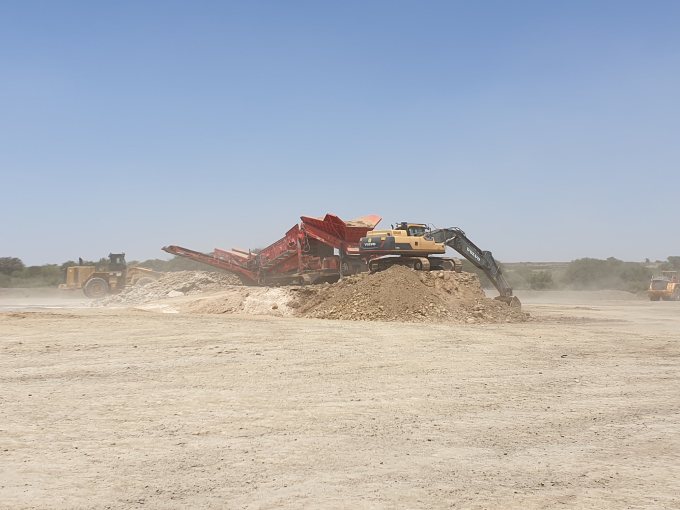
The number of alluvial diamond miners in South Africa has significantly dropped over the years, the local media reports.
"In South Africa, getting a right to mine is not an easy process. It's very complicated, time-consuming and expensive," said Sadpo national executive committee member Amo Marengwa.
"In our case, my brothers and I applied for a right to mine using our own money and even put up some infrastructure to get going. Given our financial backgrounds, we do not have the financial muscle to grow the company. We're unable to buy more machinery. Unfortunately, in our country, this is the reality."
He said the lack of finance and support forces many entrepreneurs to look for external help.
"Unfortunately, in our country, exploration projects, especially alluvial diamond projects, are deemed too risky," said Marengwa.
"There's a lack of data and technical support from government institutions such as Mintek and the Council of Geoscience. Therefore, most of us cannot secure any investment."
Sadpo said it was proposing changes to the legislation specifically for the small and junior alluvial diamond mining companies.
"Due to the erratic, marginal and nomadic nature of the alluvial diamond mining industry, you cannot apply the same legislation that you would, for example, apply to a listed gold, iron-ore or, for that matter, kimberlite mine, to a small or junior alluvial diamond mine," said Sadpo deputy chairperson Lyndon De Meillon.
"History has shown that if you do that, you kill the industry, and we have independent reports to prove it. We still have an enormous alluvial diamond resource in South Africa – probably for another 100 years. This is not for large corporate companies as the risks are too high."
Mathew Nyaungwa, Editor in Chief of the African Bureau, Rough&Polished
